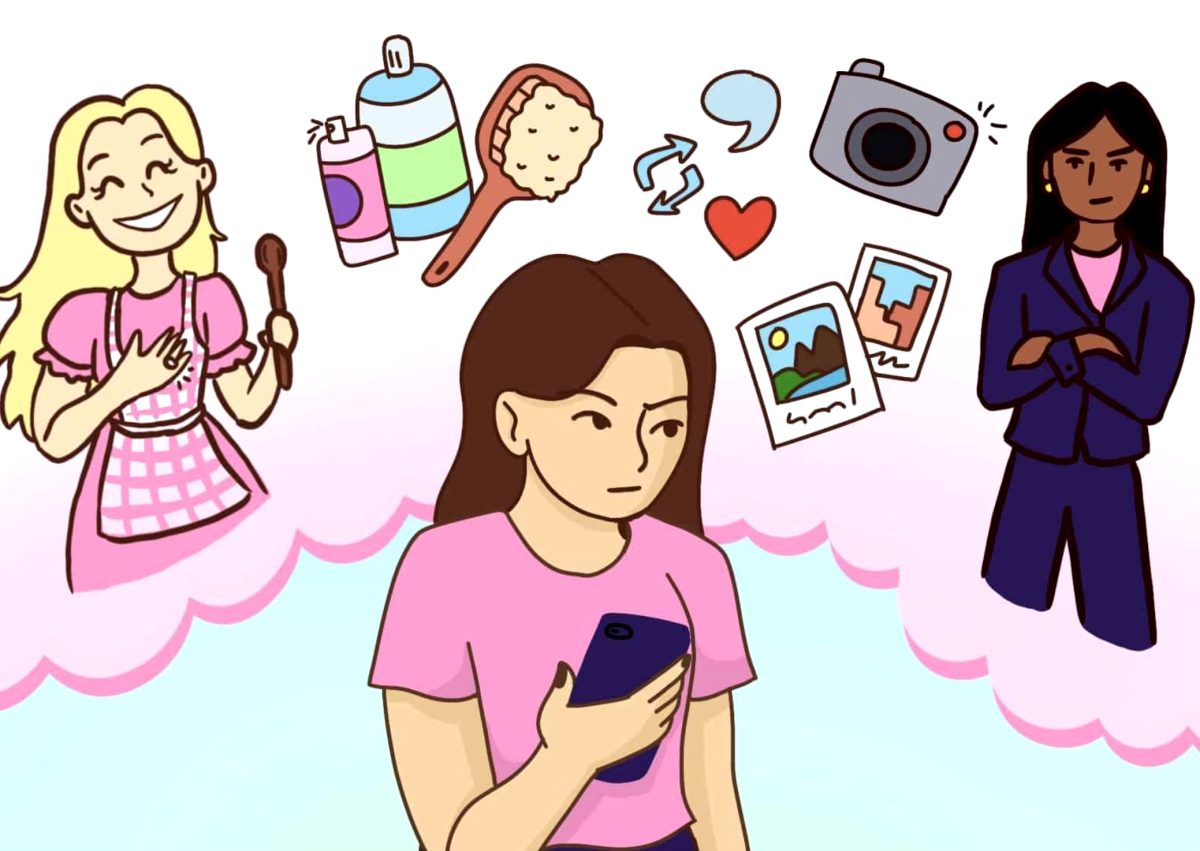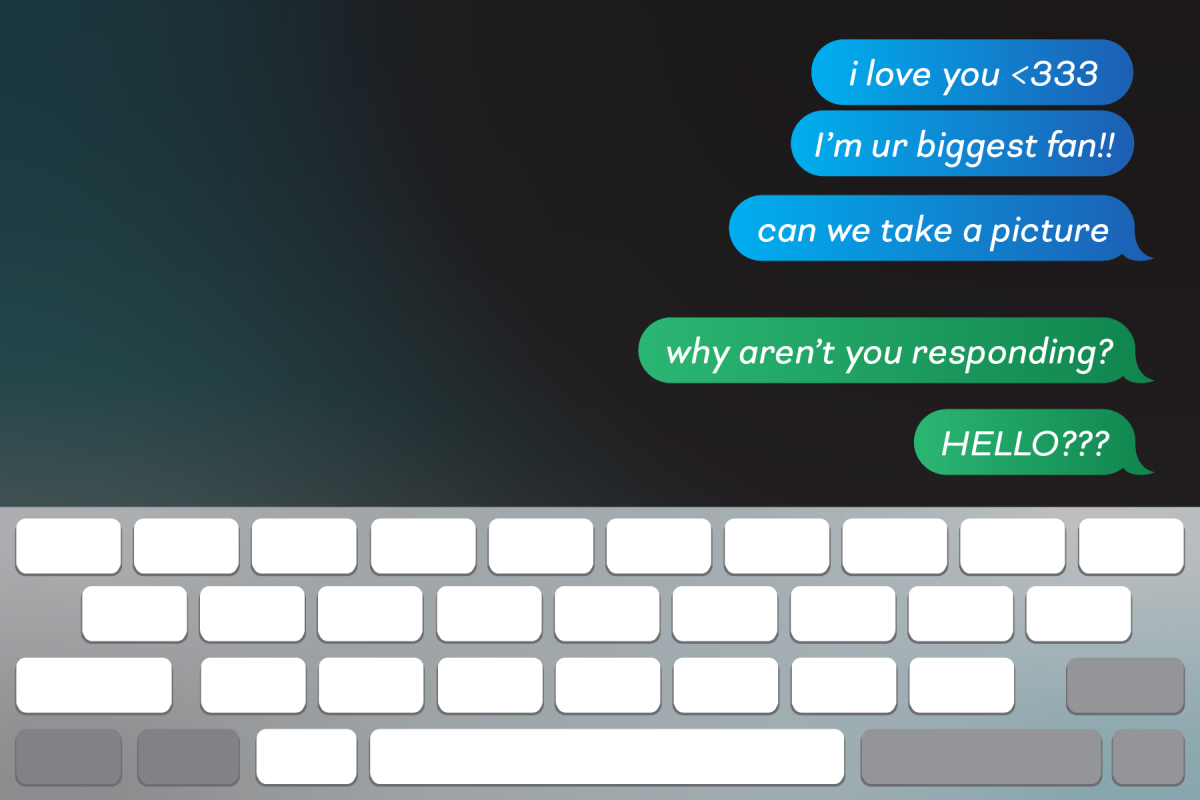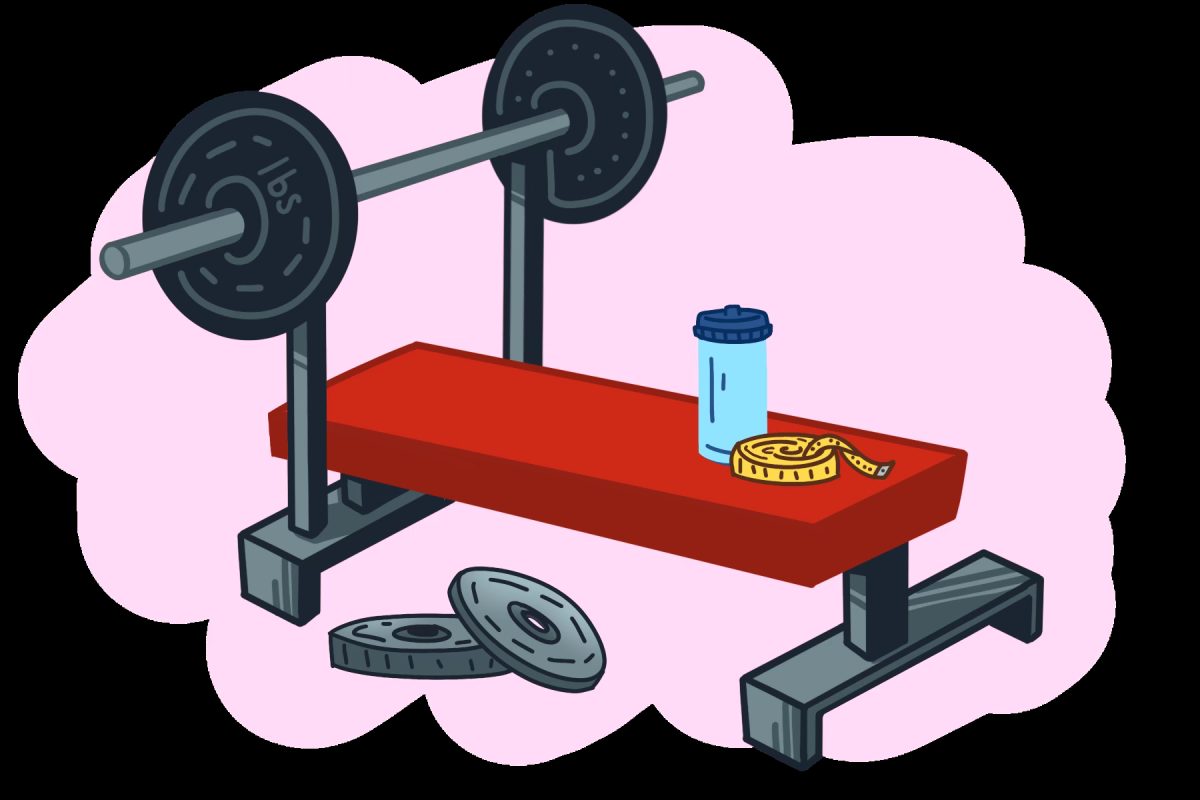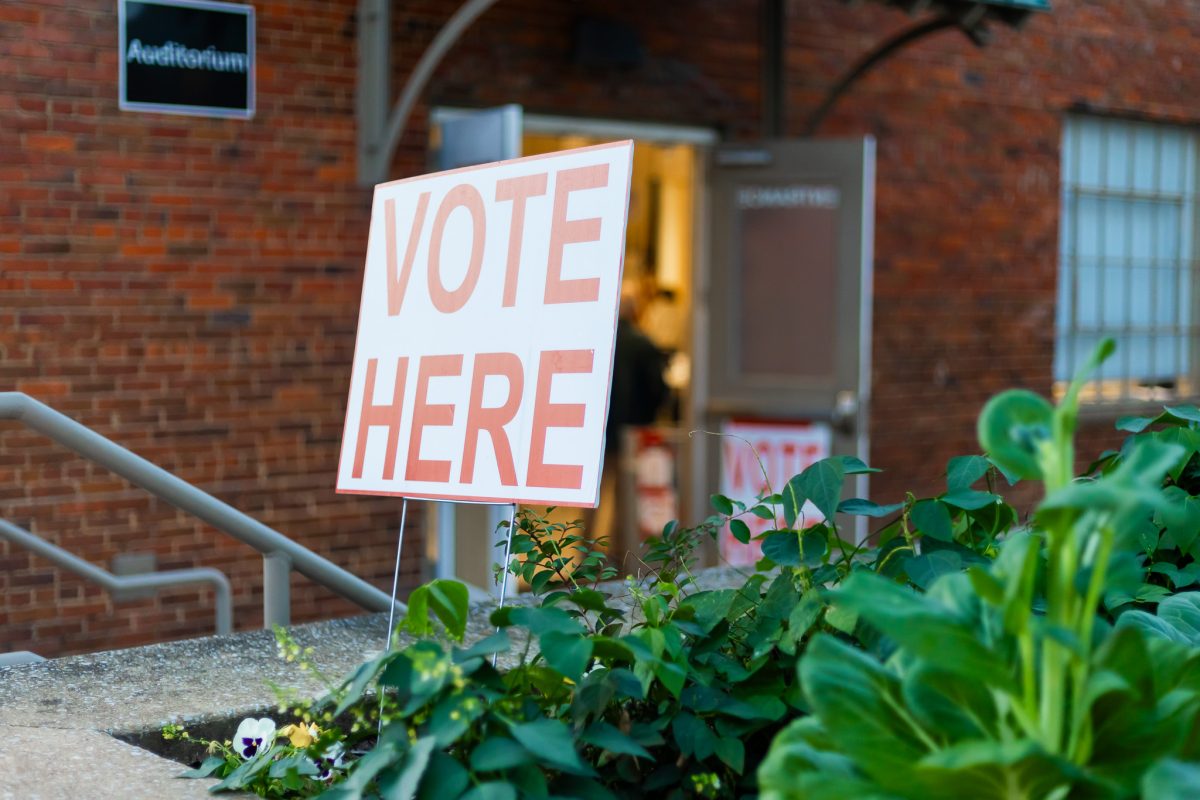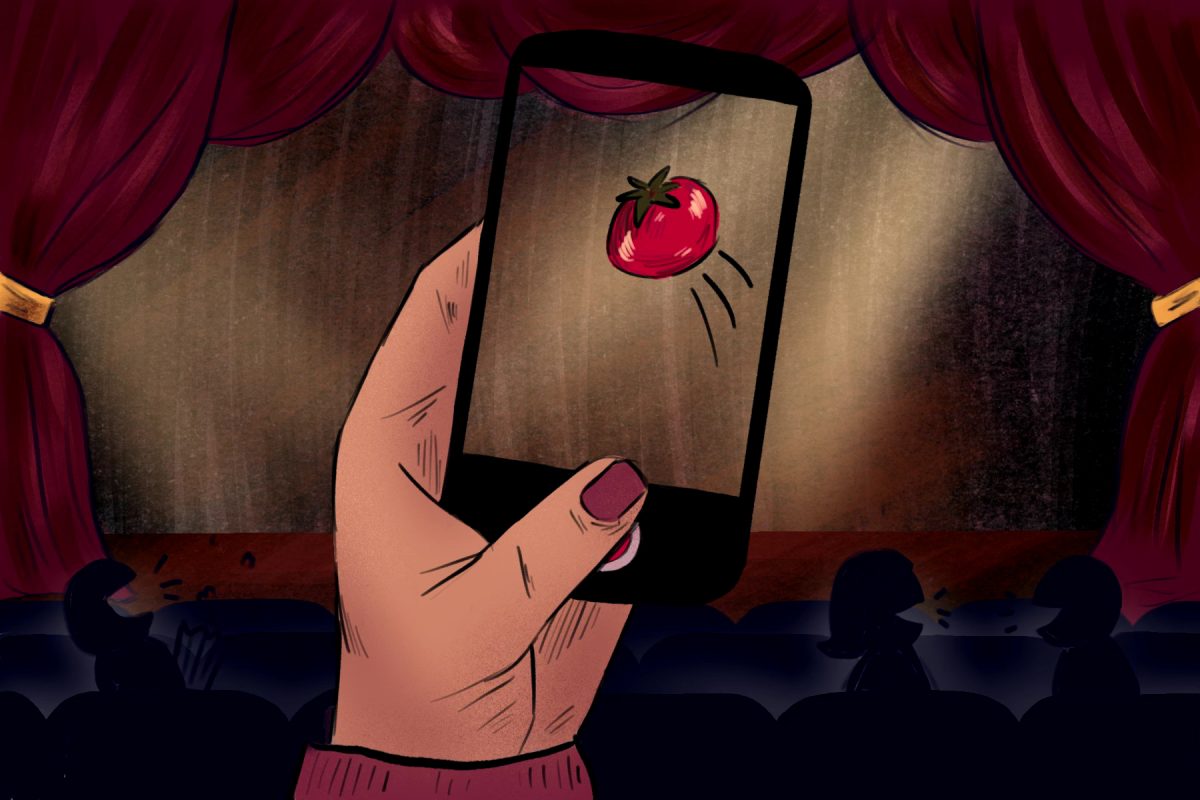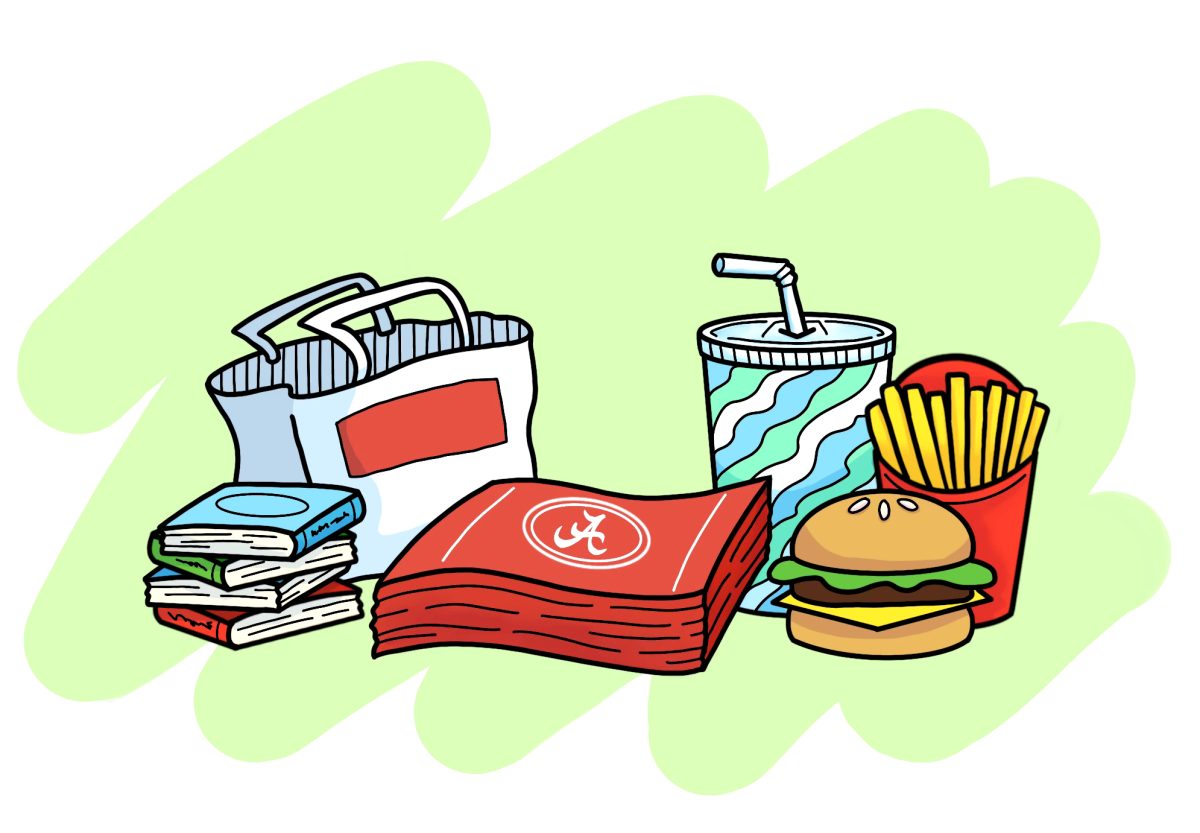With the constant influx of aesthetically pleasing “day in the life” videos on social media, it begs the question of how authentic this too-good-to-be-true media is. In 2024, it is no question that influencers and content creators have had a definite impact on the way one views productivity and lifestyle.
The rise of DITL videos, specifically ones geared towards college students, highlights the subdued luxury of creators’ lifestyles. These creators have made a spectacle of what the “perfect college day” means. The formula most creators follow is simple: show their healthy lifestyles, their fulfilling friendships and their fun activities, all with a perfectly angled photo to display their Hallmark-esque day.
The idea that the perfect day is curated through the purchasing of overpriced lattes and going out on the town with friends highlights an underlying issue specifically with college-centric media, which is the quiet luxury flaunted in these videos.
@bellamaesmithh college day in my life!☕️ #college #dayinmylife #school #diml #getreadywithme #dailyroutine #okstate ♬ original sound – speedz!
Spending hundreds in a week is not a reality most college students face, making these social media posts a constant reminder of the flaws of the average college lifestyle. As the $350 balance of Dining Dollars decreases, the micro-influencers of college campuses continue to promote unmaintainable lifestyles and financial decisions, further alienating the typical consumer of this media.
By making a conscious effort to perfectly craft social media posts displaying the perfect college experience, we take ourselves out of the humanness of college. Success in college is not a linear concept, nor is it the same for every student. College students should have room to experience the highs and lows of their early twenties without the overbearing umbrella of social media looming over their heads.
Instead of getting the perfect frame for a TikTok, we must live in the moment. These moments, whether they are embarrassing or movie-like, are what real life is made of — messy, emotion-filled and real. We must be able to recognize the inorganically produced nature of social media posts and not compare our unsaturated life to a perfectly edited photo. Living presently allows us to live truthfully, and most importantly, to live fully.



